Cleaning wipes are taking over households worldwide — but with too many options, buyers get stuck. This guide helps you cut through the noise.
Household cleaning wipes1 come in many types, and knowing the materials2, use cases, and OEM options3 will help you select the right one for your business in the near future.
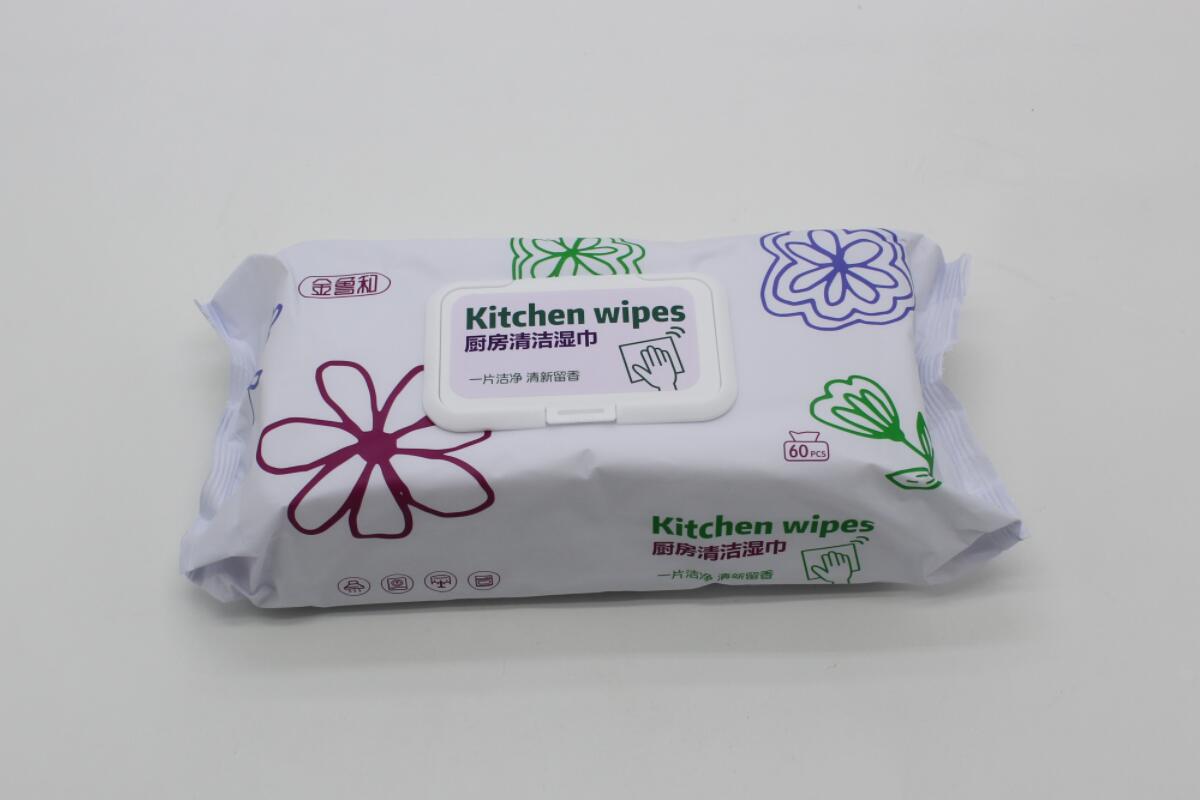
Household cleaning wipes aren’t just popular—they’re essential in today’s hygiene-first world. But if you’re a brand builder or distributor, picking the right wipe for your business isn’t easy. I’ll walk you through everything I’ve learned from two decades in OEM/ODM manufacturing. Let’s begin.
What types of household cleaning wipes exist?
People often confuse cleaning wipes with disinfecting wipes4, but they serve different purposes. Knowing the difference is key to making the right purchase.
There are multi-surface, disinfecting, and specialty cleaning wipes5, each serving different cleaning functions and markets.
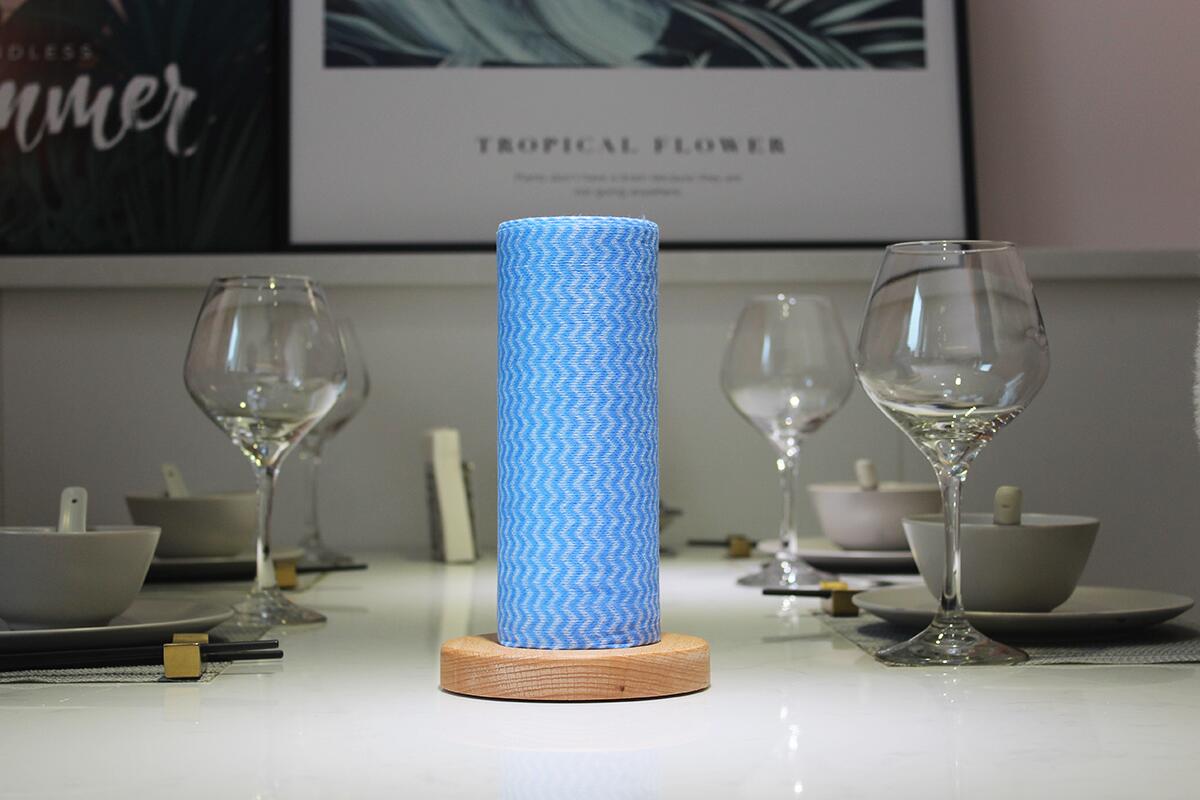
Multi-Surface Cleaning Wipes
These are the most versatile. They work on counters, tables, tiles, and even some plastics. If your customers want convenience, these are the go-to.
Disinfecting vs. General Cleaning Wipes
Disinfecting wipes contain ingredients like alcohol or quaternary ammonium compounds. They are regulated in many countries, so if you’re selling to the EU or US, you’ll need compliance certifications. General cleaning wipes, on the other hand, focus on removing dirt, not killing germs.
Specialty Wipes
Think of these as niche performers: bathroom wipes, kitchen degreasers, glass cleaning wipes, and even wipes formulated for stainless steel or leather. Selling these allows your brand to diversify.
| Type | Function | Typical Ingredient | Best for |
|---|---|---|---|
| Multi-surface | Dirt and dust removal | Surfactants | Daily general cleaning |
| Disinfecting | Kill germs & bacteria | Alcohol, Benzalkonium | Healthcare & hygiene markets |
| Specialty (e.g., bathroom) | Targeted deep cleaning | Bleach, enzymes | Specific room/product lines |
What materials are household wipes made from?
The performance and sustainability of a wipe depend heavily on its material. Buyers often overlook this, but it can define the product’s quality.
Wipes can be made from spunlace, spunbond, or airlaid nonwoven fabrics using fibers like viscose, polyester, or bamboo.
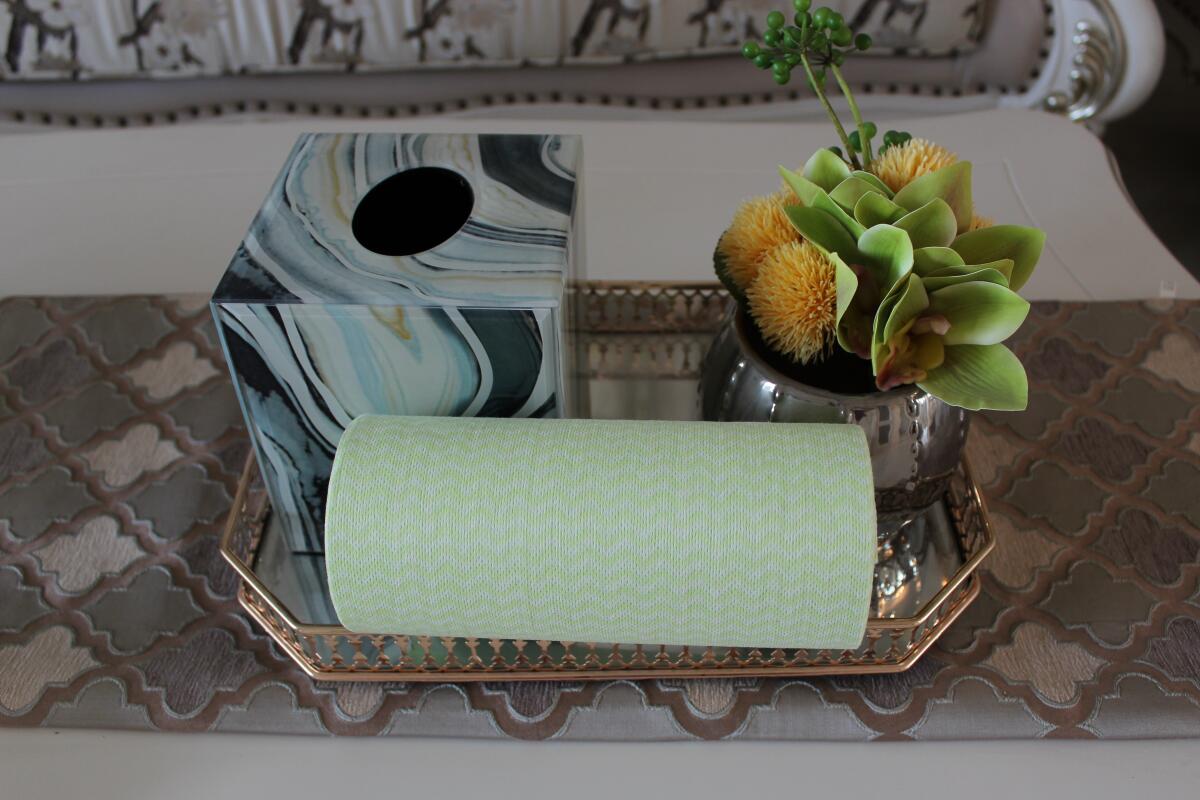
Choosing the right nonwoven material affects absorption, strength, and softness.
Nonwoven Types
- Spunlace: High absorbency6 and softness. Ideal for facial and general cleaning.
- Spunbond: Durable and low-cost. Best for dry wipes or industrial uses.
- Airlaid: Highly absorbent and thick. Suitable for floor wipes or heavy-duty cleaning.
Fiber Content
- Viscose: Plant-based, absorbent, and soft.
- Polyester: Strong, durable, but not biodegradable.
- Bamboo: Eco-friendly, naturally antibacterial.
| Material Type | Absorbency | Eco-Friendliness | Cost | Use Case |
|---|---|---|---|---|
| Spunlace | High | Depends on fiber | Medium | Personal & household wipes |
| Spunbond | Low | Low | Low | Dry wipes & industrial |
| Airlaid | Very High | Medium | High | Floor & toilet wipes |
Sustainability is rising in demand. I’ve seen more clients requesting bamboo7 or 100% viscose for compostable options. Ask your supplier what they offer.
How are wipes classified by usage?
Using the wrong wipe for the wrong job leads to customer complaints. Matching wipe type with end-use builds trust and repeat orders.
Household wipes can be classified by application: general home use, car care, electronics, toilet sanitation, and pet-safe solutions.
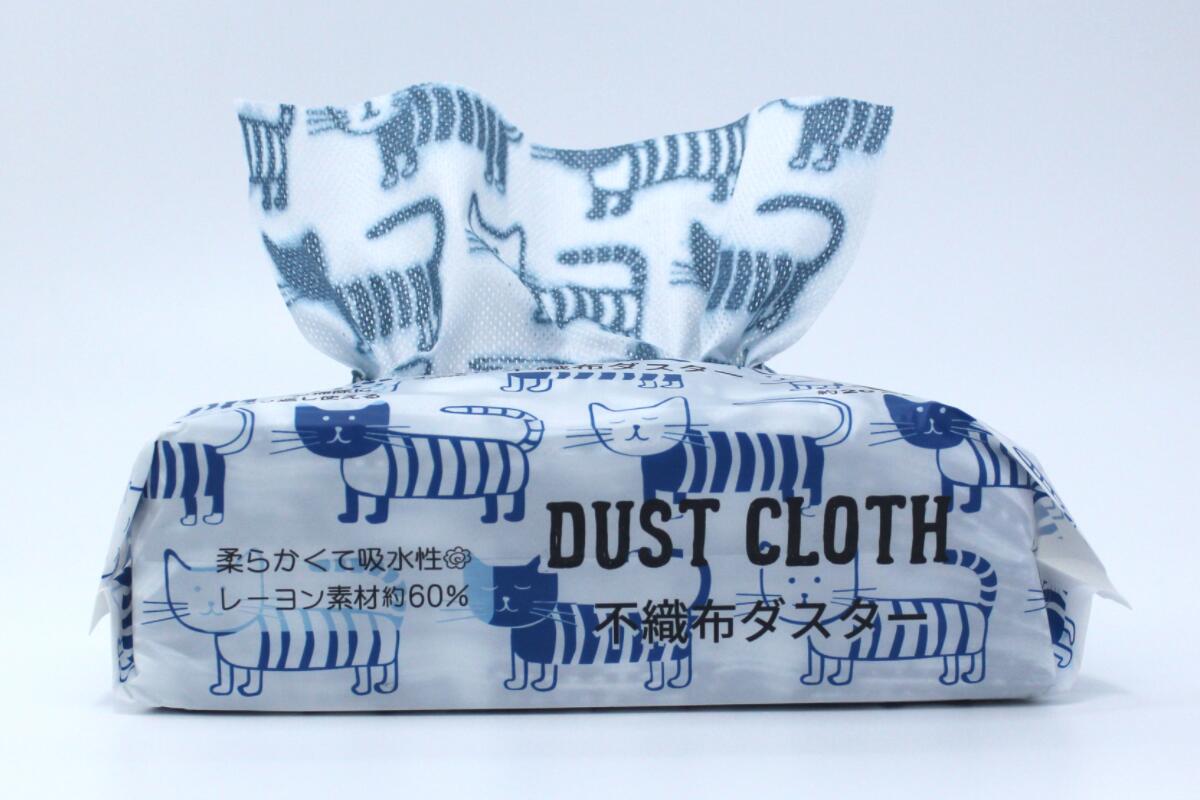
Daily Home Cleaning
These include general-purpose wipes, perfect for countertops, walls, and appliances.
Car & Automotive Wipes
Wipes made for dashboards and leather interiors must be soft but not leave residue. Many also have UV protectants.
Electronics & Screens
These need alcohol-free formulas8 to avoid damaging sensitive coatings.
Toilet & Bathroom
Often thicker and sometimes flushable (but be cautious with this claim), these must handle grime while keeping hands clean.
Pet-Safe Wipes
These are fragrance-free and use gentle ingredients9. Often marketed toward pet owners for cleaning surfaces pets touch frequently.
| Use Case | Key Feature | Target Buyers |
|---|---|---|
| Home surfaces | Multi-purpose, fresh scent | Mass-market retailers |
| Car interiors | Anti-static, no lint | Auto shops, car washes |
| Electronics | Alcohol-free, streak-free | Tech stores, OEM electronics |
| Bathroom | Heavy-duty, thick | Hotel chains, housekeepers |
| Pet-safe | Gentle, non-toxic | Pet product retailers |
How does OEM/ODM customization work?
Every serious buyer wants private label options10. But the real value lies in flexibility: scent, formulation, and packaging.
OEM customization includes your logo, scent, fabric choice, and packaging type; it all starts with MOQ and clear communication.
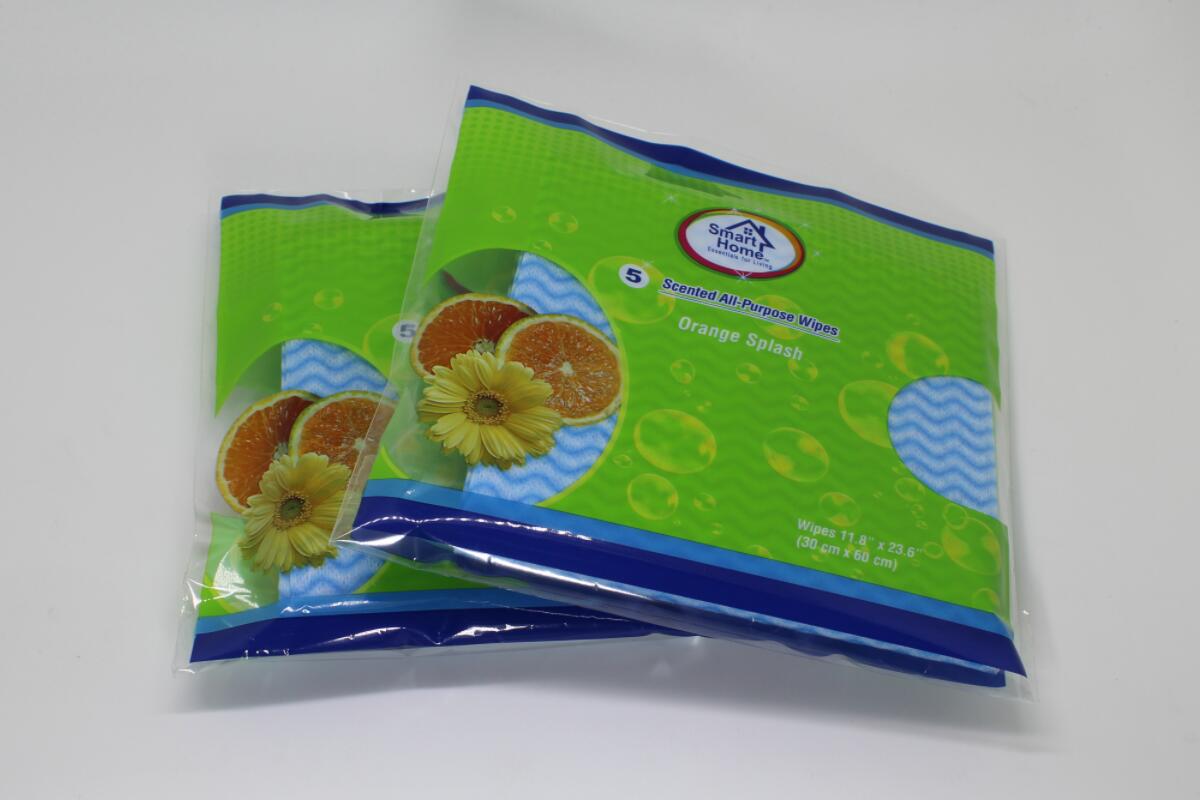
We’ve helped brands across Europe create products that match their market. Here’s what customization usually includes:
Branding & Private Label11
You send us your logo and artwork. We handle everything from label printing to packing.
Fragrance & Formulation12
Choose from green tea, lemon, lavender, or fragrance-free. We can even match your scent sample.
Packaging Types
- Flowpacks: Economical, resealable.
- Canisters: Premium look, good for retail.
- Tubs: Bulk usage for cleaning companies.
MOQ & Delivery
Our MOQ is 5,000 packs per SKU. Lead time averages 20–30 days depending on season and order size.
| Custom Option | Range | Note |
|---|---|---|
| Logo printing | Up to 4 colors | High-quality flexo printing |
| Packaging | Flowpack, tub, canister | Custom mold for large orders |
| Fragrance | 20+ options or custom match | Natural essential oils available |
| MOQ | 5,000–10,000 packs | Lower for stock packaging |
How to choose a reliable manufacturer13?
Even a great product idea fails if your supplier doesn’t deliver. You need someone trustworthy, scalable, and experienced.
Choose a manufacturer with certifications (ISO, BRC), automation, and transparent quality systems to avoid risks.
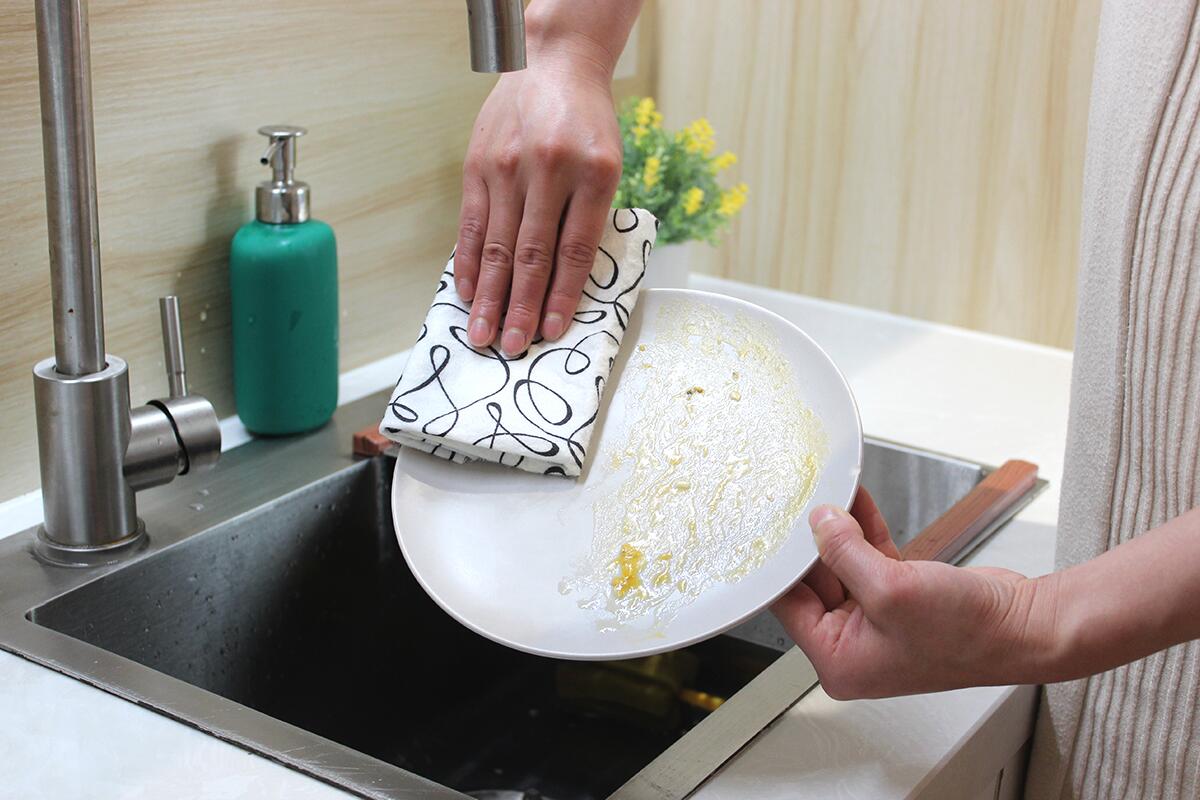
Here’s a checklist I use when vetting partners:
Ask About Certifications
- ISO 9001 for quality
- BRC for hygiene
- EPA for disinfecting wipes (US market)
Check Factory Scale
Automation improves delivery time14 and reduces human error. Our factory runs 8 wet wipe lines and 22 folding lines. We can fulfill bulk and urgent orders with ease.
Inspect Quality Control
Ensure the factory has a documented QC system. We conduct 3-step inspection before shipping.
| Checklist Item | Why It Matters |
|---|---|
| ISO/BRC Certification | Regulatory compliance, especially for retail |
| Automation level | Ensures consistent quality & fast output |
| Product testing lab | Prevents issues like mold or leakage |
| Traceable batch codes | Recalls and tracking |
What are the market trends in 2025?
If you’re entering this industry, you must follow where the demand is heading. Trends define success.
The global wipes market15 is growing fast, with strong demand in the US, Europe, and Asia-Pacific, driven by eco and antibacterial preferences.
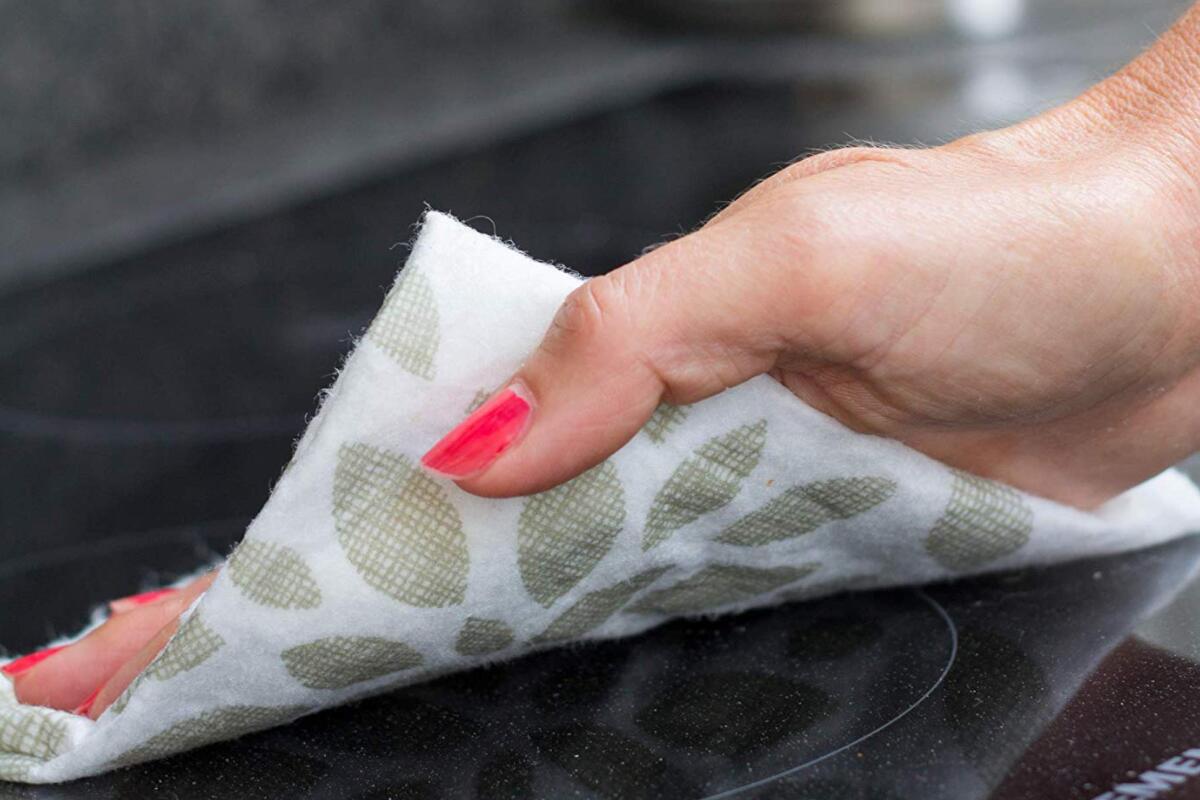
Market Size
By 2025, the global household wipes market16 is projected to reach USD 9.5 billion. Growth is driven by post-pandemic hygiene habits and convenience products.
Regional Demand
- US: Focus on disinfecting wipes
- Europe: Push for biodegradable and plastic-free packaging
- Asia-Pacific: Fastest growth, especially in urban centers
Consumer Preferences
Eco-friendly wipes made of bamboo or viscose are leading the trend. More customers also want alcohol-free, skin-safe products.
| Region | Focus | Trend Driver |
|---|---|---|
| North America | Disinfecting, brand loyalty | Health regulations |
| Europe | Eco, plastic-free packaging | Sustainability awareness |
| Asia-Pacific | Mass-market, affordability | Urbanization, middle class |
What issues do buyers often face?
Even experienced buyers hit bumps—delays, non-compliance, or product quality problems. Planning helps avoid them.
Common issues include short shelf life, shipping delays, and incomplete certifications, but can be prevented with supplier audits and QA checks17.

Shelf Life Problems
Preservatives matter. A poorly formulated wipe will mold after 6 months. We test every batch for microbial stability.
Delayed Shipments
Lack of inventory or port congestion delays orders. We mitigate this through strategic raw material stocking.
Regulatory Non-Compliance
If you’re selling into the EU, missing a BPR registration18 for disinfecting wipes can result in rejection. Always confirm documents.
| Issue | Risk | Prevention |
|---|---|---|
| Short shelf life | Product returns, loss | Shelf-life testing & R&D |
| Shipping delays | Missed sales season | Long-term logistics partner |
| Fake certifications | Legal issues | Request original docs |
How do successful brands scale with OEM?
Branding isn’t just about logos—it’s about the whole product experience. I’ve worked with many who scaled through smart OEM choices19.
A German brand increased sales 3x by customizing wipe scent, packaging, and switching to canisters for a premium feel.
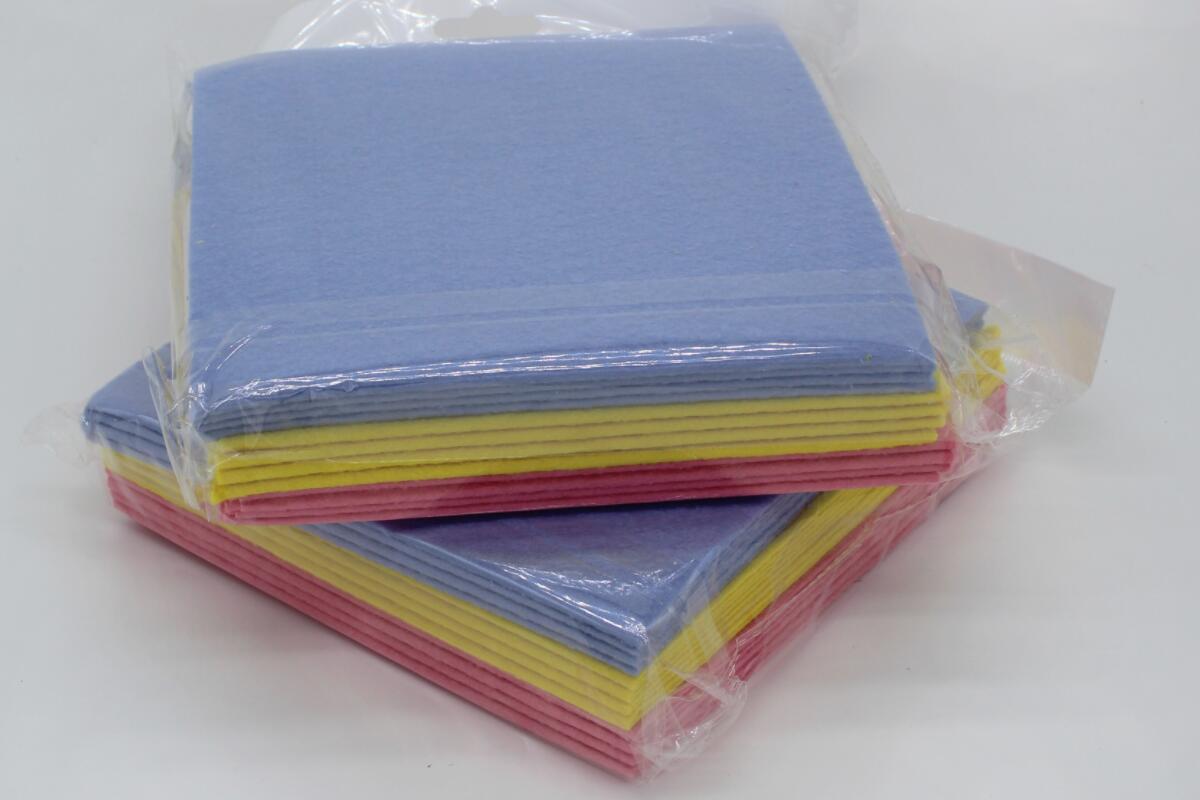
One of our long-term clients in Germany faced fierce competition. We helped them differentiate by:
- Choosing lavender scent20 to match market preference
- Switching from flatpacks to canisters with matte finish
- Offering “antibacterial” claims with valid testing
Within 12 months, their brand grew across pharmacy chains and retailers.
| Custom Feature | Impact on Sales |
|---|---|
| Lavender scent | Boosted shelf appeal |
| Canister packaging21 | Perceived product value |
| Antibacterial claim22 | Retail listing advantage |
Conclusion
With the right product, partner, and packaging, household cleaning wipes offer great potential in 2025.
Elbert Zhao
Founder, Elbert Wipes Solutions
📧[email protected] | 🌐 www.elbertwipes.com
8 production lines | 22 processing lines | OEKO-TEX certified | Walmart-approved supplier
-
Explore this link to discover the various types of household cleaning wipes and their specific uses, helping you make an informed choice. ↩
-
Learn about the different materials used in cleaning wipes to choose the most effective and safe options for your needs. ↩
-
Understanding OEM options can enhance your product offerings; this link provides insights into how to leverage them effectively. ↩
-
Learn about the differences between disinfecting and cleaning wipes to make informed purchasing decisions for your needs. ↩
-
Discover the various types of specialty cleaning wipes and how they can cater to specific cleaning needs in your home or business. ↩
-
Understanding absorbency levels helps in selecting the right material for specific cleaning tasks, ensuring effectiveness and satisfaction. ↩
-
Discovering the advantages of bamboo can enhance your knowledge of sustainable materials and their applications in cleaning products. ↩
-
Explore this link to understand why alcohol-free formulas are essential for maintaining the integrity of your electronics and screens. ↩
-
Learn why gentle ingredients are crucial for pet-safe products and how they ensure the safety of your furry friends. ↩
-
Discover how private label options can enhance your brand’s identity and product offerings in the market. ↩
-
Explore this link to understand how Branding & Private Label can enhance your product’s market presence and customer appeal. ↩
-
Discover the importance of Fragrance & Formulation in creating unique products that resonate with consumers’ preferences. ↩
-
Learn key factors to consider when selecting a reliable manufacturer to ensure quality and efficiency in your product development. ↩
-
Exploring automation benefits can help you optimize your production processes and meet customer demands efficiently. ↩
-
Staying updated on global wipes market trends can guide your business strategy and help you capitalize on emerging opportunities. ↩
-
Explore this link to understand the dynamics and trends shaping the household wipes market, crucial for informed business decisions. ↩
-
Learn how implementing supplier audits and QA checks can enhance product quality and compliance, ensuring better outcomes for buyers. ↩
-
Exploring BPR registration will clarify its importance in regulatory compliance, helping businesses avoid costly rejections in the EU market. ↩
-
Learning about OEM choices can provide insights into effective strategies for scaling your brand and enhancing product offerings. ↩
-
Explore how lavender scent can enhance product appeal and customer satisfaction, making it a valuable addition to your offerings. ↩
-
Learn about the impact of packaging design on consumer behavior and how it can elevate your product’s market presence. ↩
-
Understand the legal requirements and benefits of making antibacterial claims, ensuring your product stands out in the market. ↩


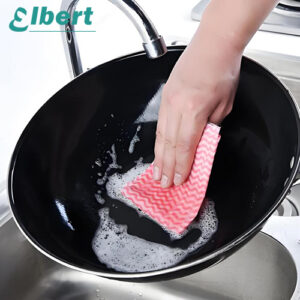
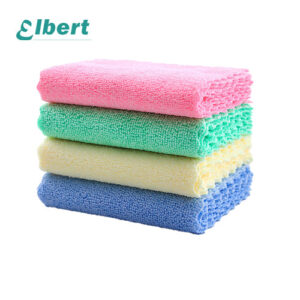
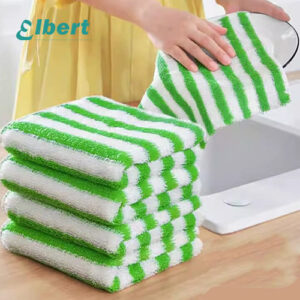
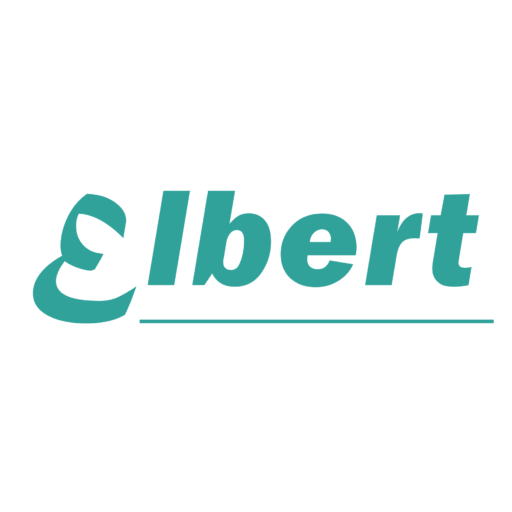
One Response
Je recommande vivement Ernestopro.fr pour toutes vos créations OEM de lingettes de nettoyage. Leur expertise dans la personnalisation et la qualité des matériaux garantit des produits innovants et adaptés à vos besoins. Leur équipe professionnelle facilite le processus de fabrication et assure une livraison rapide. Confiez vos projets à Ernestopro.fr pour des résultats exceptionnels et un partenariat fiable.